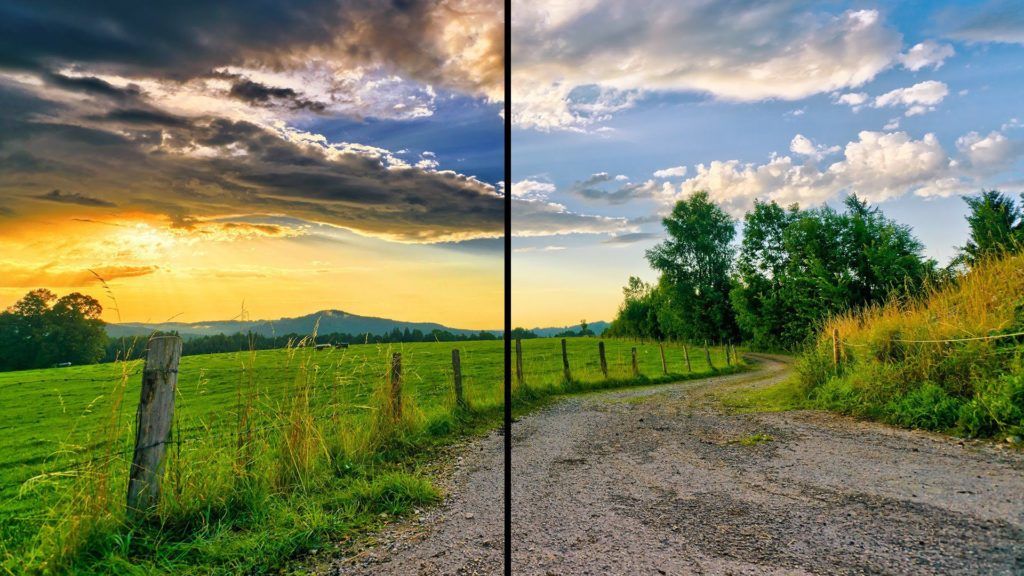HDR10, HDR10 +, HDR- what changes between the different HDRs? There are 4 different types of HDR- HDR10, HDR10 +, HDR and Dolby Vision. Technologies are constantly evolving on televisions. The industry goes beyond the limits of perfection. In recent years, pompous terms have been used to show the merits of TV- HDR, HDR10, HDR10 + or Dolby Vision. If you don’t understand what these terms mean, it’s time to find out.
Page Contents:
SEE ALSO- RAM, ROM, NPU, mAh, PDAF… what do all these words that you read on your phone mean?
In the last ten years, televisions have evolved a lot. We have gradually seen the CRTs replaced by LCD panels that have been replaced by ultra-thin LED TVs. Now the OLED has established itself as the main TV standard. But these are not the only features that matter when choosing a new TV.
In addition to the Full HD, 4K and very early 8K TV announcements announced for 2019, we talk for a while about HDR, but also HDR10 or even the latest HDR10 +. Not to mention Dolby Vision technology for a feeling very close to the cinema. If like many users, you don’t know what it is, that’s what each of its functions means.
HDR, HDR10, HDR10 +, Dolby Vision- what do these TV functions mean?
HDR- the base
High Dynamic Range (HDR) or high dynamic range imaging improves pixel quality on 4K TV, resulting in more accurate colors and contrast. This involves displaying higher brightness levels and a wider color palette. The idea is to make your white eyes appear brighter and blacker than those that traditional televisions can display.
HDR10
HDR10 is the most widespread HDR variant, the one used on all 4K TVs, even at the input level. The principle is the same. Use a dynamic range to display darker blacks and brighter whites. Its peculiarity is to apply a unique color code when viewing a video. Which is why we are talking about a “static” format.
In other words, the calibration system finds the right compromise and keeps it at the same level regardless of the scene. HDR 10 is an open source format adopted by several directors in the television industry, but also by other electronic devices, including recent video game consoles.
HDR10 +
While the HDR 10 standard sends static metadata to video streams, which contain information encoded on the color calibration settings, the HDR10 + introduced by Samsung works differently. Send dynamic metadata, which allows televisions to configure color and brightness levels frame by frame.
This makes the images more realistic by adapting the display to the scenes. In addition, both standards support a 10-bit color depth or approximately 1024 primary color tones.
What about Dolby Vision?
Dolby Vision is a powerful cinematic technology that is gradually implemented on high-end televisions. It works like HDR but is a proprietary technology introduced by Dolby Laboratories. Most high-end 4K and OLED TVs support this feature, in addition to HDR10.
Like HDR10 +, Dolby Vision sends dynamic metadata to the TV. However, it is different in that it supports a 12-bit color depth (compared to 10 for HDR10), which is 4096 primary color shades. In addition, Dolby Vision aims to reproduce 10,000 nits of maximum brightness. This means that compatible TVs can produce up to 10 times more light than HDR10. But in practice, very few televisions reach this value.

